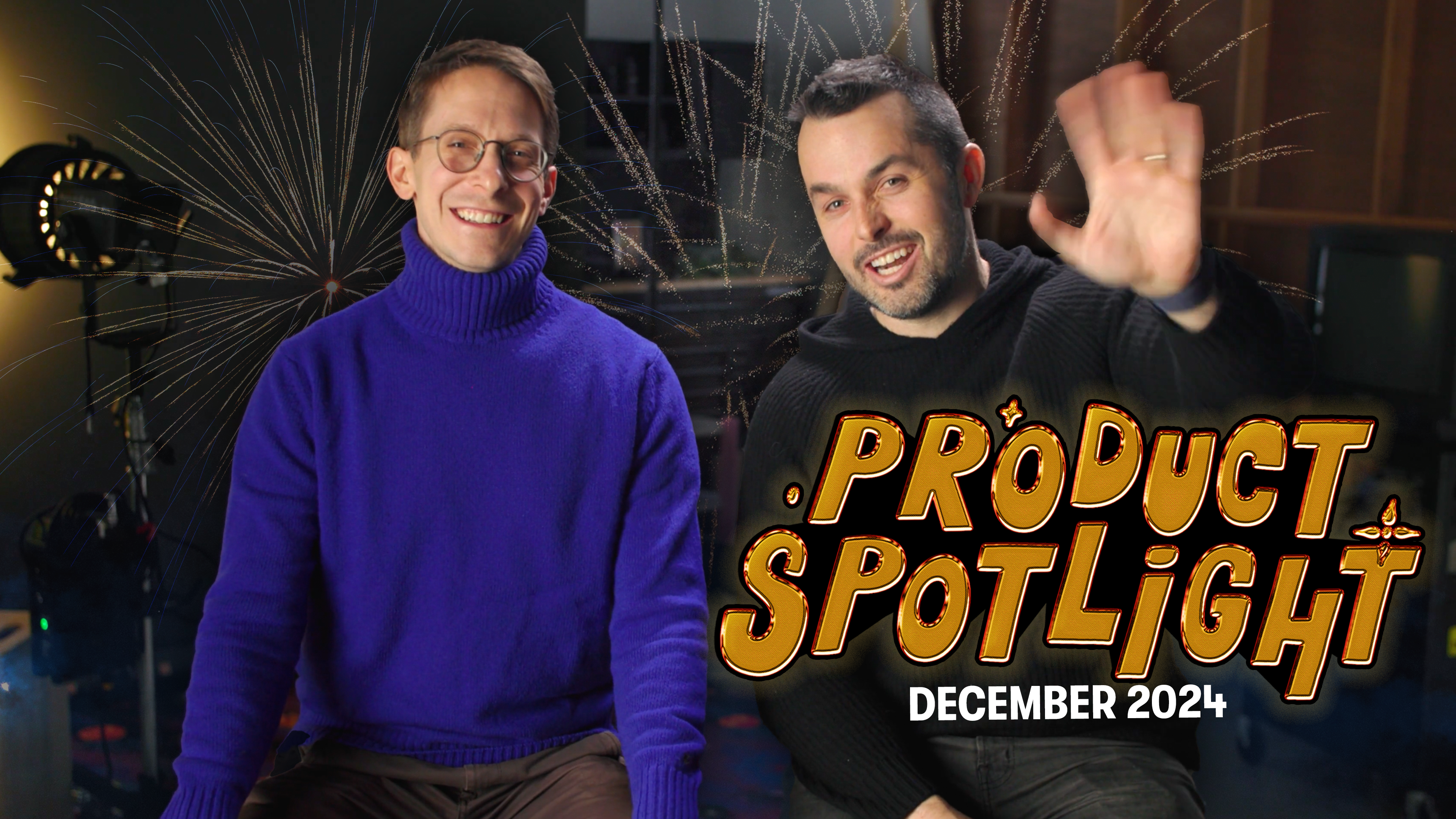Investing in Creativity Isn’t Just a Money Problem
Want a more creative business? This is what it’s going to take.
September 25, 2018
Topic tags
Chris Savage
Founder, CEO
We’re all aware that today’s business landscape is a never-ending, exhausting battle for attention. But, there are plenty of companies who are finding creative ways to get the most airtime. So, how are they doing it? If you think the answer is simply “money,” you’re dead wrong.
Yes, some business problems require money to solve, but your creativity problem needs a lot more than cash. If you really want to invest in creativity, you’ll need to take a good hard look at your business structure and culture.
Hire like you mean it
Let’s start with your people.
Risk is easier to stomach when it has a shelf life, meaning the creative endeavor isn’t just a way of doing business; it’s simply another project with clear goals and clear deadlines. One could argue that these types of risks are easy to take. After all, when creative projects don’t pan out, you can learn from your failures — and then simply move on. But, what about investing in risks that don’t have a shelf life? The ones that involve real, live humans? I’m talking about taking risks on your people — especially when it comes to hiring.
We’ve taken a lot of hiring risks here at Wistia, and often value passion and curiosity over job experience. For example, some of our Wistians have backgrounds in film, education, theatre, music, and even baking. Some of them have never even had a full-time “desk job” before landing here. As you can imagine, some of these hires haven’t worked out. And that’s okay because the ones that have, continue to make a huge impact on the business.
Unconventional hires often bring unconventional perspectives to your business that are crucial to creative success. So, how do you find these folks? I’d start by taking a good hard look at your hiring funnel, and make sure it’s set up to attract a variety of people — even those who are more likely to have a headshot than a resume.
“Unconventional hires often bring unconventional perspectives to your business that are crucial to creative success.”
Hiring is tough, especially when you’re trying to hire for culture fit — while not losing sight of the skills necessary to do the job. It might even feel like the work that’s required to attract the most creative folks to your business isn’t worth it. If you feel that way, I have some bad news for you, because hiring is just the beginning of your work.
Once you’ve hired the right folks, then you have to also invest in them and care genuinely about their success. And that’s where things can feel a little scary. Because company culture isn’t a project; it’s a framework for how you operate.
Creativity has cultural needs
Every team at your company has different needs in order to produce their best work. For example, when we first added a sales team to Wistia, we quickly realized the need for a “phone-call friendly” space. And because our office has an open floor plan, our software engineers are constantly on the quest for a quiet corner that is glare-free. But what physical needs are required for your team to be most creative? This might not be so obvious.
From my experience, everyone in our organization craves flexibility — not only in the way they work, but when they work, and even in how they prioritize their workloads. Creativity often strikes at random times. So, it’s not uncommon for some of our Wistians to disappear for a day or two, or for them to need to escape to a coffee shop for a change of scenery. You might even find them working at odd hours of the night, sending Slack messages as they come up with clever ideas — or creative solutions to complex problems.
That in mind, the conventional business world isn’t always the most natural environment for folks who excel in creativity. At Wistia, we’ve always considered this when building out our office environment. It even affects how we think about flexible work policies and process, which helps us attract — and retain — creative people. Once you get to know how your team works best, you can make it easier for them to take advantage when creativity strikes.
Foster creativity in all departments
There are certain days at Wistia where the creative energy is palpable — and it’s seriously contagious! But how do you foster that buzz across all departments? When it comes to your marketing and product teams, generating and refining creative ideas is an integral part of their daily flow. That means it’s generally not quite as hard for them to get those creative muscles working. But, if you only expect a small portion of your business to be creative, then you’re missing out on a whole lot of opportunities.
So, how do you foster a sense of creativity across the business? We’ve done some things at Wistia that I believe have been beneficial.
Expect creativity from every team
All of your teams have a unique perspective on your business, and it’s that diversity of ideas that should inform and shape the creative process. Just because your sales team is laser-focused on selling, doesn’t mean they can’t be the driving force behind a creative campaign.
“Just because your sales team is laser-focused on selling, doesn’t mean they can’t be the driving force behind a creative campaign.”
At Wistia, many of our most creative solutions — especially when it comes to shooting video — are being brought to the table by members of our Sales, Support, and Operations teams. Here are some examples:
- Support winding down a bit over the holidays? Enter: the holiday autoresponder video
- Need an engaging, informative background video for INBOUND? Enter: The “Tour de Wistia” video
This video played at our INBOUND booth, hence the silent, captioned aesthetic.
- Want to break the sales stigma and get folks to actually engage with you? Enter: The “Get in touch” video
Design your desk layout with intention
How is your office laid out? Is there room to switch things up? I think it’s important to have open workspaces that encourage cross-departmental collaboration. Plus, it can be helpful to move departments around to ensure that no team is ever working in a silo. Seriously, something as simple as moving some desks around can make all the difference.
On the flip-side, if you do have an open-concept workspace, make the option to work from home part of your policy. Some projects call for intense focus that can’t be achieved in a collaborative environment. And that’s okay. Having a work-from-home policy gives your employees the flexibility to work remotely when it makes sense.
Adjust your values to your strategy
So, you’ve decided to go all-in. You’ve invested in your people. You’ve given them the freedom to do their jobs, and you’ve even created policies and procedures to help encourage creativity in every facet of your business. You have a brand new strategy. And in most companies, this is where things get murky — their values just don’t align with their business goals. They adjust their strategy to better align with their values. I’d challenge you to do the opposite. Now that you’ve decided to focus on creativity, you need to create new values.
Encourage outside projects
Now that we’ve covered some ways that you can foster creativity within the office, here’s a topic that a lot of employers don’t want to touch: side hustles (e.g., freelance jobs or other creative projects). I view side hustles as another form of continuing education — and any creative person worth having on your team is usually dabbling in at least a few of these endeavors outside of the office. Many companies sweep this under the rug because they fear their employees might decide to turn their side hustles into a full-time gig.
Don’t be afraid. Instead, embrace the side hustle. When an employee is super stoked about a creative endeavor (inside or outside the office) that creative energy is infectious. The more creative projects, the better, because this inspiration will spill over into all parts of your business.
At Wistia, our teammates and their passions are a huge part of our brand. That’s why we make a genuine effort to learn more about what they’re baking, watching, knitting, or just plain creating outside of work.
Let go, but also ask the right kinds of questions
When you have the right people in your organization, you shouldn’t be worrying about the day-to-day work that’s on their plates. And that’s where I see a lot of other companies fail. Once you set up the framework for how your people should operate, you need to let them do their jobs. Now, that doesn’t mean it’s a free-for-all and everyone gets to do whatever they want. But, that does mean that you have to let go of being involved in every little project. This is another part of fostering creativity that can get scary for some folks.
But, just because you butt-out doesn’t mean you can’t still be part of the process. One way you can be involved with your teams while giving them the respect to do their jobs, is to ask the right questions. Find out how their projects align with overarching company goals. Ask them what they need to do their jobs better. Find out how you can help them as a leader to do better at work. And here’s the kicker: then actually follow through. Make sure they have the resources they need. Help them find mentors (or be one yourself) to guide them through a challenge. And when you tell them that you’ll give them the freedom to create magic: mean it.
“When you tell them that you’ll give them the freedom to create magic: mean it.”
Be careful how you measure
If there’s one thing I’ve learned, it’s that creators aren’t often motivated by charts, graphs, dashboards, or any other numbers-based metrics. And while there’s not one singular motivating factor for creators, you have to be aware that asking them to create work based on a number you’ve decided was important might drive them away.
We touched on this a little bit in this debt post, but a lot of times, creativity can’t be measured in the same way that other business goals can. So, putting your creative people into a box that demands a specific output based on your own metrics can be stifling. My suggestion here is to work with your team to determine what’s realistic for goal setting. Their projects should align with the company-wide strategy, but how they want to measure that should be determined together.
Pretend it’s not your company
Ah, imposter syndrome: It never ceases to amaze me how often it can pop up! It can be really challenging to make a risky decision for your own company. So, here’s some strange advice: pretend it’s not your company. Stay with me here.
It’s easier to take a risk when you don’t think of it as your own. Sometimes it’s as simple as asking ourselves, “What would ‘X’ company do?” The point here is to not let your risk-aversion in any given scenario be the thing that stops you from trusting your instincts. Plus, you’re a leader for a reason, and if you don’t have the confidence to go all-in on creative risks — neither will your people.
When it comes down to it, finding solutions to creativity problems doesn’t require much more than a sincere, concerted effort. And I think we can all agree that’s something money can’t buy.






